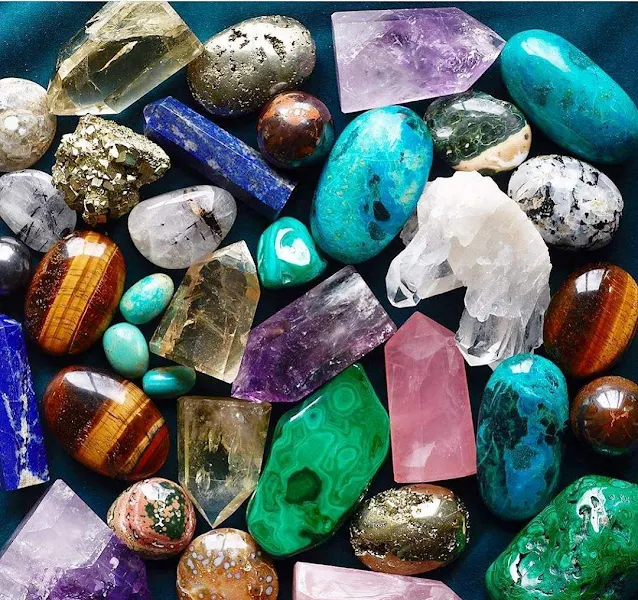What Is the Difference Between Mineral and Mineraloid
Mineraloids are most often placed with mineral specimens, or one does not know exactly how to classify them. They come up in conversations among rock-hounds and collecting enthusiasts without the knowledge that they are pseudo-minerals. They are not true minerals because they are missing key components of what defines a mineral, and those key components are in their structure and origin.
Minerals
A mineral is a naturally occurring chemical compound, usually of crystalline form and abiogenic in origin (not produced by life processes). A mineral has one specific chemical composition, whereas a rock can be an aggregate of different minerals or mineraloids. The study of minerals is called mineralogy. (How to Identify Common Minerals?)
what is a mineraloid
Mineraloid is a mineral-like substance that does not demonstrate crystallinity. Mineraloids possess chemical compositions that vary beyond the generally accepted ranges for specific minerals. For example, obsidian is an amorphous glass and not a crystal. Jet is derived from decaying wood under extreme pressure. Opal is another mineraloid because of its non-crystalline nature. Pearl, considered by some to be a mineral because of the presence of calcium carbonate crystals within its structure, would be better considered a mineraloid because the crystals are bonded by an organic material, and there is no definite proportion of the components.
 |
| Difference Between Mineral and Mineraloid Photo by: Energy Muse |
The following seemingly mineral-like specimens are not minerals at all. Some are more common than others. The list is inclusive. There are not that many of these on the planet, which for me, makes them very cool beyond words! -little puzzles adding to the diversity of Nature.
Mineraloid Examples
Amber – fossilized tree resin
Pearl – organically formed containing mostly calcium carbonate
Mookaite/Radiolarite – Yes! It’s of organic origin (even though it’s seen more readily as a chalcedony)
Opal – hydrated silica where the water amount within various from stone to stone
Lechatelierite – silica lightning strike in sand commonly called a fulgurite
Libyan Desert Glass – also formed from a lightning strike in sand
Mercury – a liquid metal
Coal – formed organically from plants
Jet – a type of rare, hard, black coal and popular mineraloid in jewelry often confused as black onyx
Obsidian – silica glass made from the rapid cooling of volcanic lava
Pumice – igneous rock that cools and solidifies so quickly that the atoms are not definitively ordered
Tektite – silica glass made of obsidian that is earth-origin but was launched into space outside of the atmosphere for a bit and returned
Moldavite – a type of tektite prized for its green color
Ebonite – organically formed natural rubber like substance lacking in uniform crystalline structure
Limonite – hydrated iron oxide mixture – containing water with no definite crystal structure
Petroleum – an organic liquid
Pyrobitumen – amorphous fossilized petroleum (noncrystalline, organic)
Water – Yes! water can be classified as a mineraloid, as it meets the definition of a mineraloid.








